Best Time for Stamped Concrete Service
The optimal time for stamped concrete service is during warm and dry weather conditions. Mild temperatures and low humidity allow for proper curing and adhesion of the concrete, resulting in a durable and aesthetically pleasing finish. Typically, late spring through early fall provides the most suitable climate for installation.
Scheduling during these months minimizes the risk of weather-related delays or issues such as freezing temperatures, rain, or excessive humidity, which can compromise the quality of the stamped concrete. Planning projects within these periods ensures better results and a longer-lasting surface.
Stamped concrete performs best when temperatures are between 70°F and 85°F. Extreme cold or heat can affect curing times and adhesion.
Avoid scheduling during rainy or excessively humid days, as moisture can interfere with stamping and finishing processes.
Late spring and early fall are generally preferred due to stable weather patterns and moderate temperatures.
Rapid temperature changes can cause cracking or surface imperfections in stamped concrete.

Ways to make Stamped Concrete Service work in tight or awkward layouts.
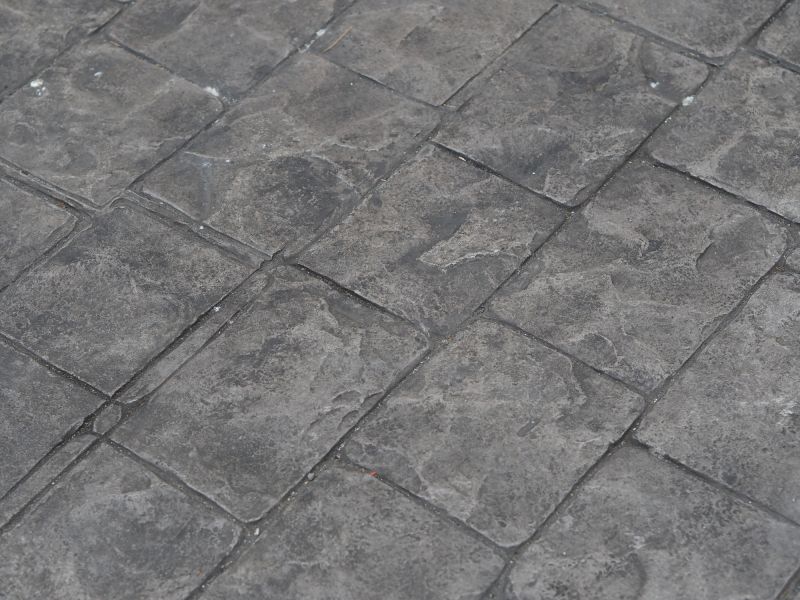
Popular materials for Stamped Concrete Service and why they hold up over time.

Simple add-ons that improve Stamped Concrete Service without blowing the budget.
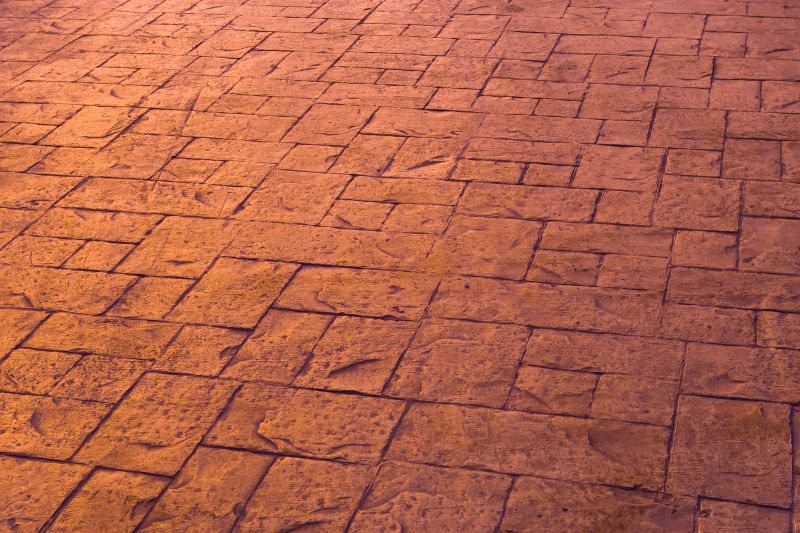
High-end options that actually feel worth it for Stamped Concrete Service.
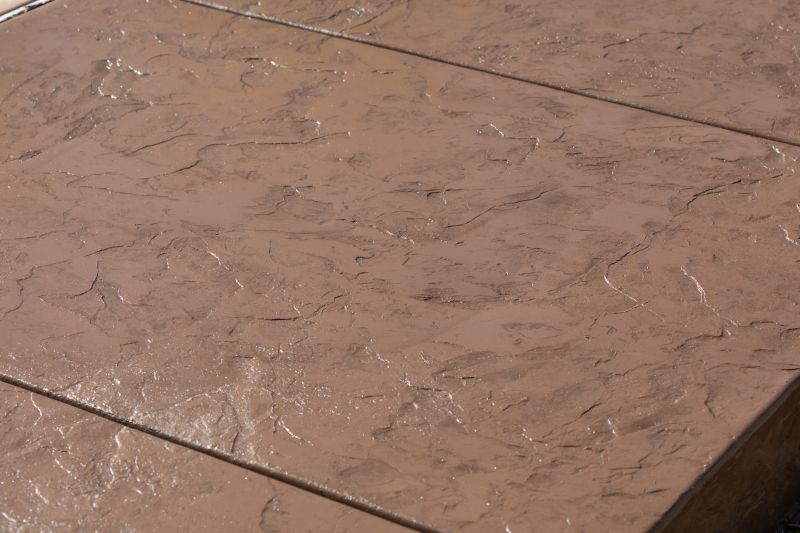
Finishes and colors that play nicely with Stamped Concrete Service.
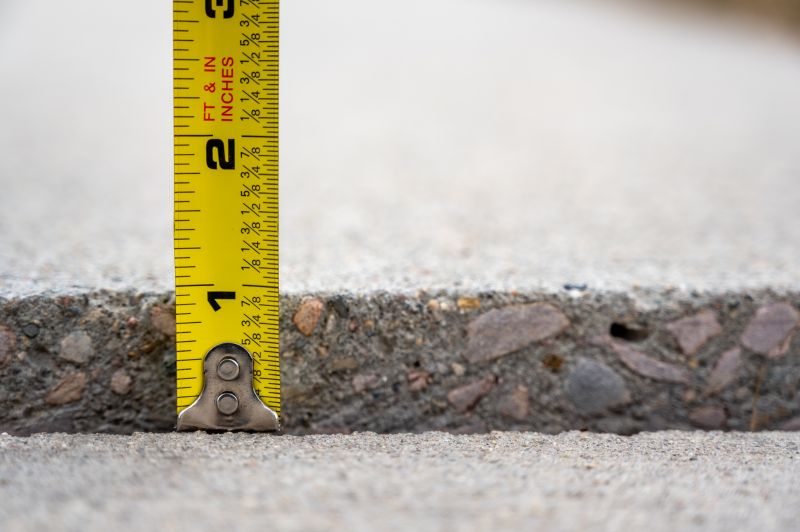
Little measurements that prevent headaches on Stamped Concrete Service day.
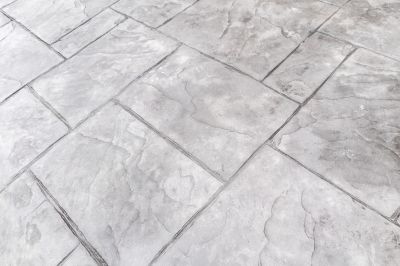
A 60-second routine that keeps Stamped Concrete Service looking new.
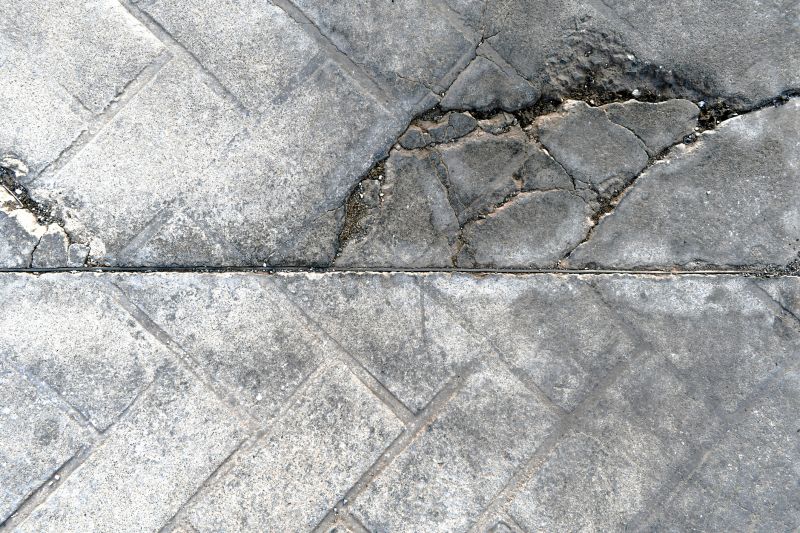
A frequent mistake in Stamped Concrete Service and how to dodge it.
Stamped concrete service involves applying decorative patterns and textures to concrete surfaces, creating the appearance of brick, stone, slate, or other materials. It is a popular choice for patios, walkways, driveways, and pool decks due to its versatility and aesthetic appeal. Proper timing of installation ensures that the concrete cures correctly, which is essential for achieving the desired pattern and durability.
Statistics indicate that stamped concrete can last over 20 years with proper maintenance, making it a cost-effective and attractive option for various outdoor surfaces. The process involves pouring, coloring, stamping, and sealing concrete to produce a customized, long-lasting finish.
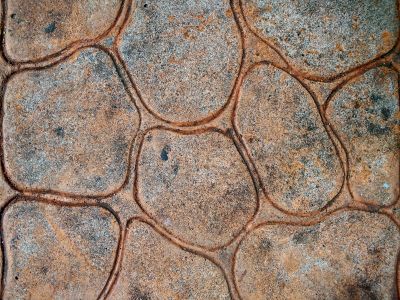
Small tweaks to make Stamped Concrete Service safer and easier to use.

Lower-waste or water-saving choices for Stamped Concrete Service.
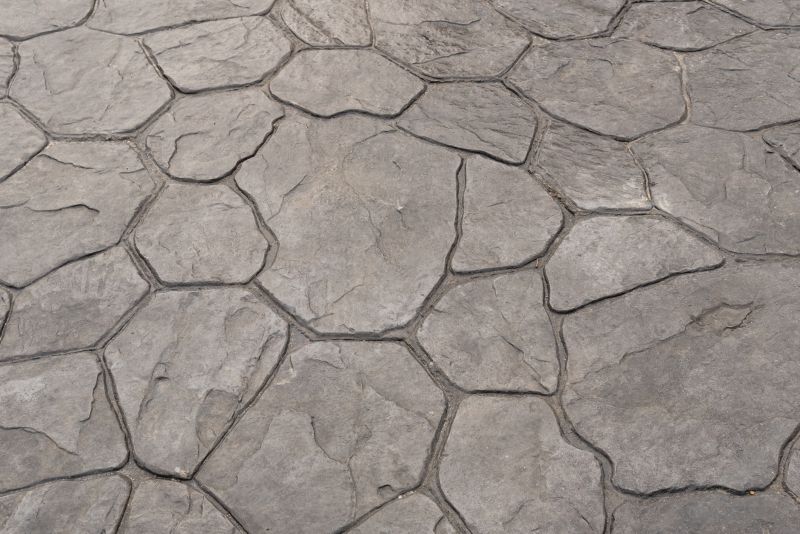
The short, realistic tool list for quality Stamped Concrete Service.
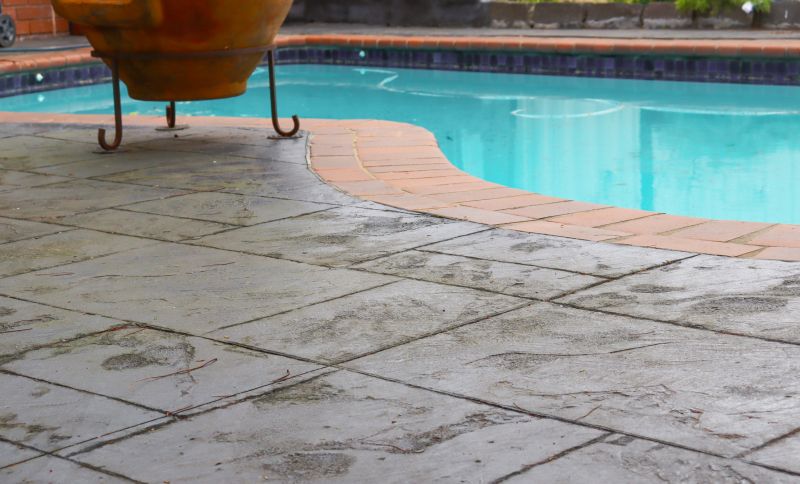
Rough timing from prep to clean-up for Stamped Concrete Service.
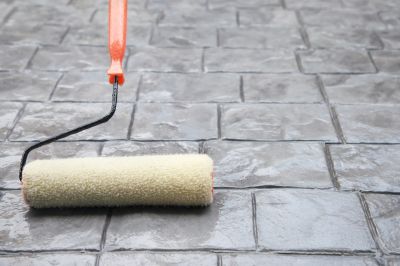
Quick checks and paperwork to keep after Stamped Concrete Service.
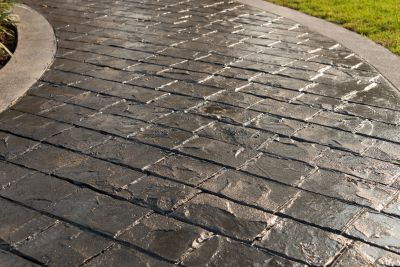
Examples that show the impact a good Stamped Concrete Service can make.
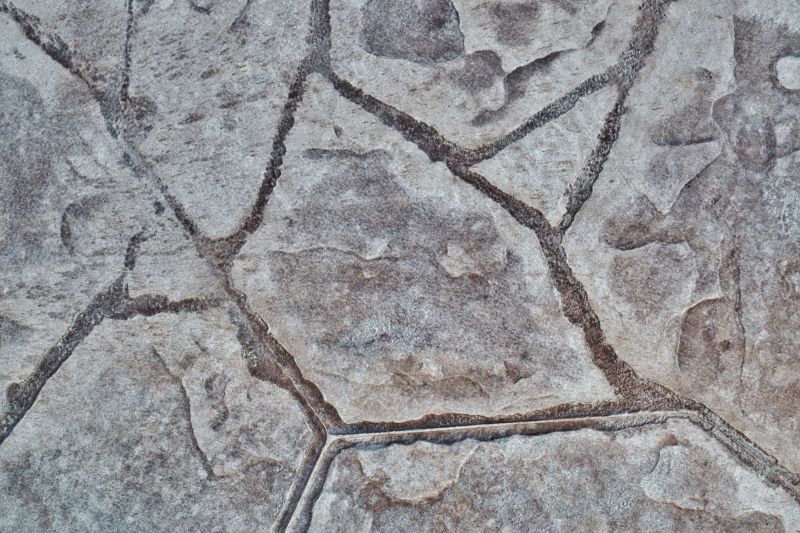
Ways to make Stamped Concrete Service work in tight or awkward layouts.
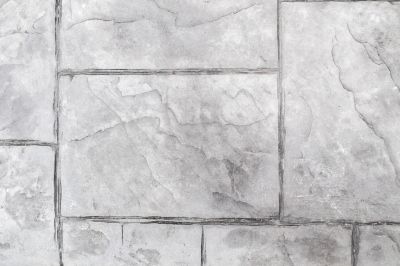
Ways to make Stamped Concrete Service work in tight or awkward layouts.
Interested in enhancing outdoor spaces with stamped concrete? Contact for more information or to schedule an installation. Proper timing and professional application can significantly improve the appearance and longevity of the surface.

